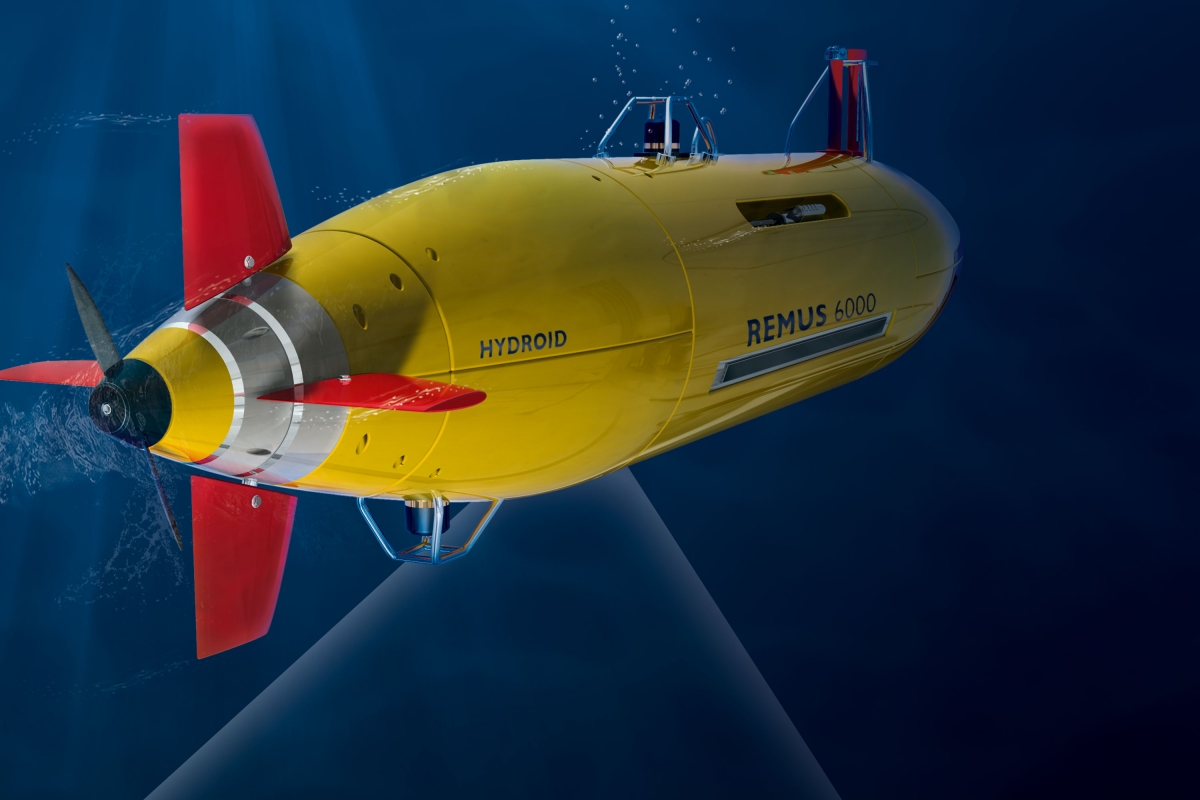
Remus 6000 - one of only unmanned robot submarines in the world that can perform deep water searchesWoods Hole Oceanographic Institution
Malaysian Airlines flight MH370 took off from Kuala Lumpur Ifor Beijing with 239 people onboard on 8 March but lost contact with air traffic control 50 minutes later.
After 26 days of searching there continues to be no sign of the wreckage. It is now assumed that the plane crashed into the Indian Ocean without survivors and the search for the plane has now been classified as a criminal investigation.
Unmanned submarines, which are known as Autonomous Underwater Vehicles (AUV), were crucial in finding the black box recorders from Air France Flight 447 after it crashed into the Atlantic Ocean in 2009, killing all 228 people onboard.
Although some major wreckage was removed from the sea within five days of the crash, it took another two years and €32m spent on four deep water search missions before the black boxes were located at roughly 12,800 feet below sea level.
Narrowing down the search area
Investigators knew the general location of the Air France aircraft, but in order to have a chance of finding MH370's wreckage, the search zone, which currently measures 221,000 square kilometres, must be narrowed down considerably.
"Air France 447 is a bit different from Malaysian Air 370 in that we had a few more clues to work with," Woods Hole Oceanographic Institution's Dave Gallo told AP.
 Gallo led the search team from Woods Hole, an independent research
institution which has offered its services to MH370 investigators but
has not been asked to join the present search effort.
Gallo led the search team from Woods Hole, an independent research
institution which has offered its services to MH370 investigators but
has not been asked to join the present search effort.
Australian Defence Vessel (ADV) Ocean Shield, a ship used for humanitarian and disaster reliefAustralian Royal Navy
The US Navy uses robot submarines to hunt for underwater mines, while energy companies make use of the technology to survey the ocean floor at underwater drill sites.
Unmanned submarines are now the preferred choice for deep water search missions when compared to manned submarines, which are limited by needing to have enough power, air and light, as well as having to follow safety guidelines.
Investigators are currently using an underwater drone and a black box locator attached to the Australian Defence Vessel (ADV) Ocean Shield, a large Australian Royal Navy ship that is being used in the search.
Attaching these devices to the ship enables real-time data transmission to the surface and a continuous power supply from the ship to the devices, however this is a very slow way to search for wreckage.
19,000 feet below sea level
 Another advantage of using AUV unmanned robot submarines is that they
can travel much deeper underwater than regular submarines and can stay
underwater for between 20 to 24 hours.
Another advantage of using AUV unmanned robot submarines is that they
can travel much deeper underwater than regular submarines and can stay
underwater for between 20 to 24 hours.
Air France Flight 447's flight data recorder, found on May 1, 2011, was unmoored from its chassis but otherwise undamagedReuters
Scientists can view bits of data gathered by the submarines underwater and send instructions to the submarine using an acoustic link, but they can't tell exactly what the submarine has found until it returns to the surface and the data is downloaded to a computer.
The current search area ranges from between 2,600 feet to 9,800 feet deep. However, part of the search zone includes the Diamantina trench, a narrow area which has a depth of 19,000 feet.
The largest REMUS submarine can reach sea depths of 19,700 feet. In comparison, the Bluefun-21 autonomous submarine that the US Navy sent to Australia to join the search can only reach depths of 14,800 feet.
"Let's hope the wreck debris has not landed over this escarpment. It's a long way to the bottom," said Robin Beaman, a marine geologist at Australia's James Cook University.

No comments:
Post a Comment